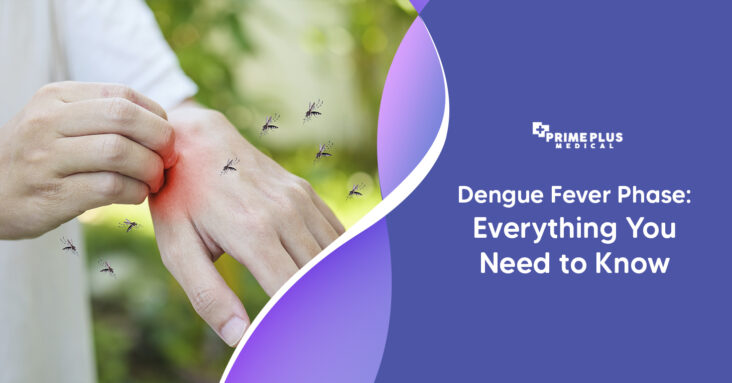The dengue fever phase has 3 phases: febrile, critical, and recovery. These three dengue fever phase are crucial to understanding so optimal treatment can be carried out.
The wet season has arrived in Bali, and quite early in this year’s rainy season, people on the island have already dealt with floods in certain areas in South Bali.
Whether it’s minor flooding or simply puddles, standing water can become a breeding ground for mosquitoes, including Aedes aegypti, which can spread dengue fever. Thus, it is time for us to be especially cautious of this infamous infection.
According to the World Health Organization (WHO), the incidence of dengue fever has increased 30-fold over the last 50 years, resulting in up to 50-100 million infections annually in over 100 endemic countries, including Indonesia. Bali is no exception.
As this infection can become severe and life-threatening, it is important to understand the phases of dengue fever, as follows:
-
Febrile Phase
The febrile phase is the initial phase of dengue fever. During this phase, an infected person suffers from a sudden high fever of up to 40°C/ 104°F for 2-5 days. The fever is usually accompanied by a headache and pain behind the eyes. Other symptoms include skin rashes on the face and other body parts and muscle soreness. The Centers for Disease Control and Prevention (CDC) explained that the febrile phase typically lasts 2-7 days.
The test required in this phase is the Dengue NS1 Antigen test for early detection. If the patient tests positive, they must be monitored and undergo treatment to lower the risks of complications, such as dengue hemorrhagic fever.
Furthermore, patients must take the thrombocyte and hematocrit tests regularly as they are at risk for entering the critical phase on day 5 of the infection.
-
Critical Phase
After going through the fever in the initial phase, the body temperature usually returns to normal. That may lead patients to believe that they have recovered. Quite the contrary, this phase, with no fever present, is the most dangerous phase of this infection.
While most patients will clinically improve during this phase, those with substantial plasma leakage can suffer from a shock that can be life-threatening. Symptoms to watch out for are constant vomiting, bleeding from the nose, skin, and gums, etc.
During the critical phase, patients must undergo hematologic tests to monitor their platelets and hematocrit count. This phase can occur 3-7 days from the onset of the fever and lasts 24-48 hours.
-
Convalescence Phase
Generally, 48-72 hours after the critical phase, the patient will enter the recovery phase. Though the body is recovering, another fever is expected in this phase.
Furthermore, patients must also take hematologic tests during this phase. By taking the tests, they can observe whether their platelets or thrombocytes and hematocrit count have returned to the normal level.
If you believe you may have dengue fever, please see a GP to get a diagnosis. An early diagnosis helps manage dengue fever symptoms and prevent complications. It is also vital to stay monitored during all three phases.
And at last, if a patient suffers from bleeding, cold sweats, or shortness of breath, seek emergency medical care immediately. Prime Plus Medical in Canggu, Bali, is open 24/7 for your medical needs.

